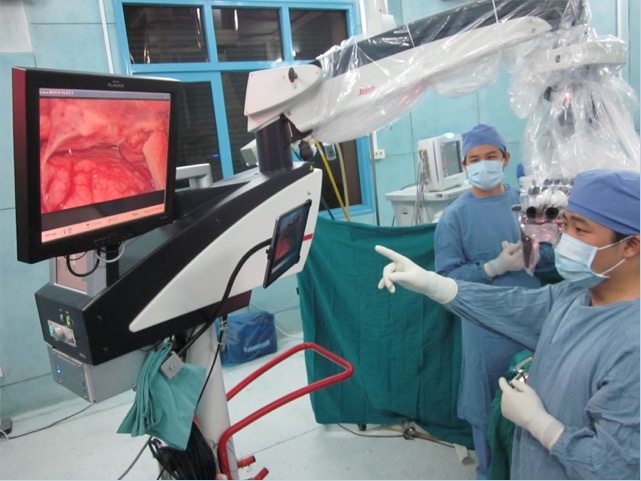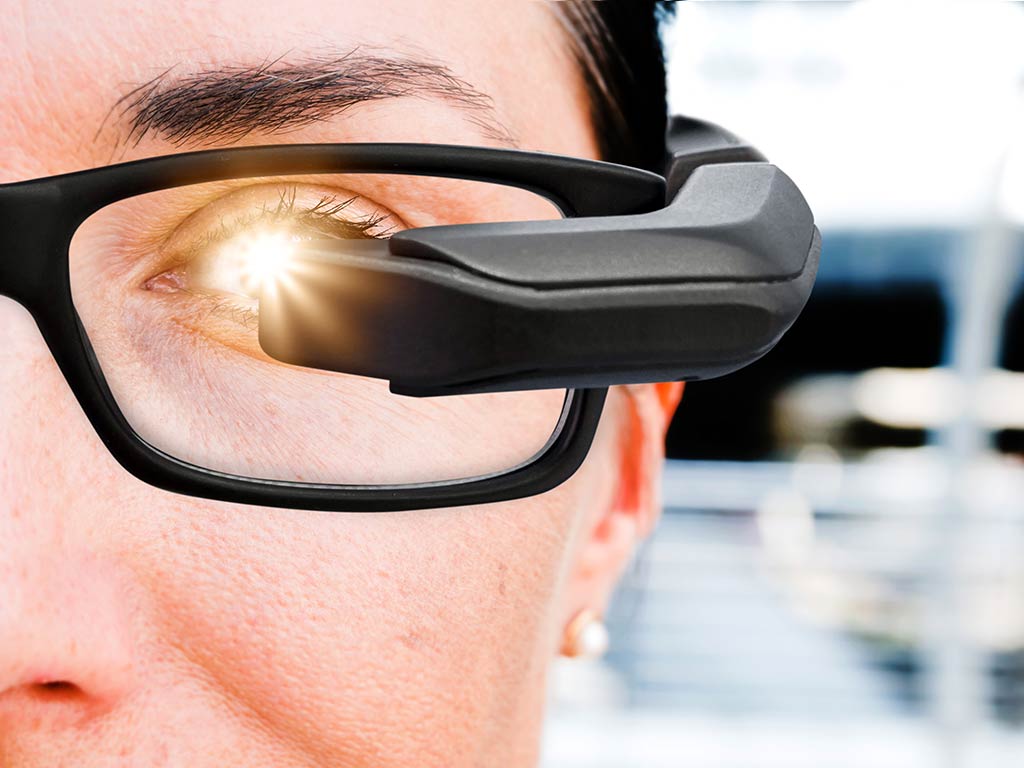Location information
Hospital address
Johns Hopkins Hospital 601 N Caroline baltimore baltimore MD 21287 United States of America
Hospital type
University-affiliated
Hospital description
Third-Level Hospital (Referral)
This is a teaching hospital
Description
I am a plastic and reconstructive surgeon based at the Johns Hopkins University. My specialty is microsurgery and I engage in all forms of reconstruction for traumatic, oncologic, and congenital defects. I have an active role in research in the area of reconstructive transplantation and microsurgical education research. I am the associate program director for the plastic surgery residency and the vice chair of clinical operations for the Department of plastic surgery.
Member information
Name
Damon Cooney
Member type
Clinical department with teaching programme
Specialty
Plastic, Reconstructive & Burns Surgeon
Subspecialties
- Reconstructive surgery
- Breast
- Head and neck
- Lower limb
- Upper limb
- Maxillofacial
- Microsurgery
Languages spoken
- English
Professional affiliations / memberships
- American Society of Plastic Surgeons (ASPS)
- American Society of Reconstructive Microsurgery (ASRM)
Conditions treated
- Facial fractures
- Rhinoplasty and Nasal Reconstruction
- Head and Neck Reconstruction (neoplasia and traumatic)
- Excision of Soft tissue Tumors and Skin neoplasia
- Breast Reconstruction
- Soft tissue Reconstruction (neoplasia and trauma)
- Lower extremity Flap reconstruction and salvage
- Abdominal Reconstruction
- Liposuction/Fat grafting
- Microsurgery for free tissue transfer
- Release of chronic Burn contractures and reconstruction
- Hand reconstruction (soft tissue and bone)
- Peripheral nerve decompression (carpal and cubital tunnel)
Equipment used
- Microscope and micro instruments
- Facial fracture tray
- Hall Drill /K wire driver
- Hand Fracture tray
- General Hand Tray
- Liposuction and fat grafting instruments
- Dermatome and mesher
- Craniofacial Tray (Dingman retractor)
- Headlight


